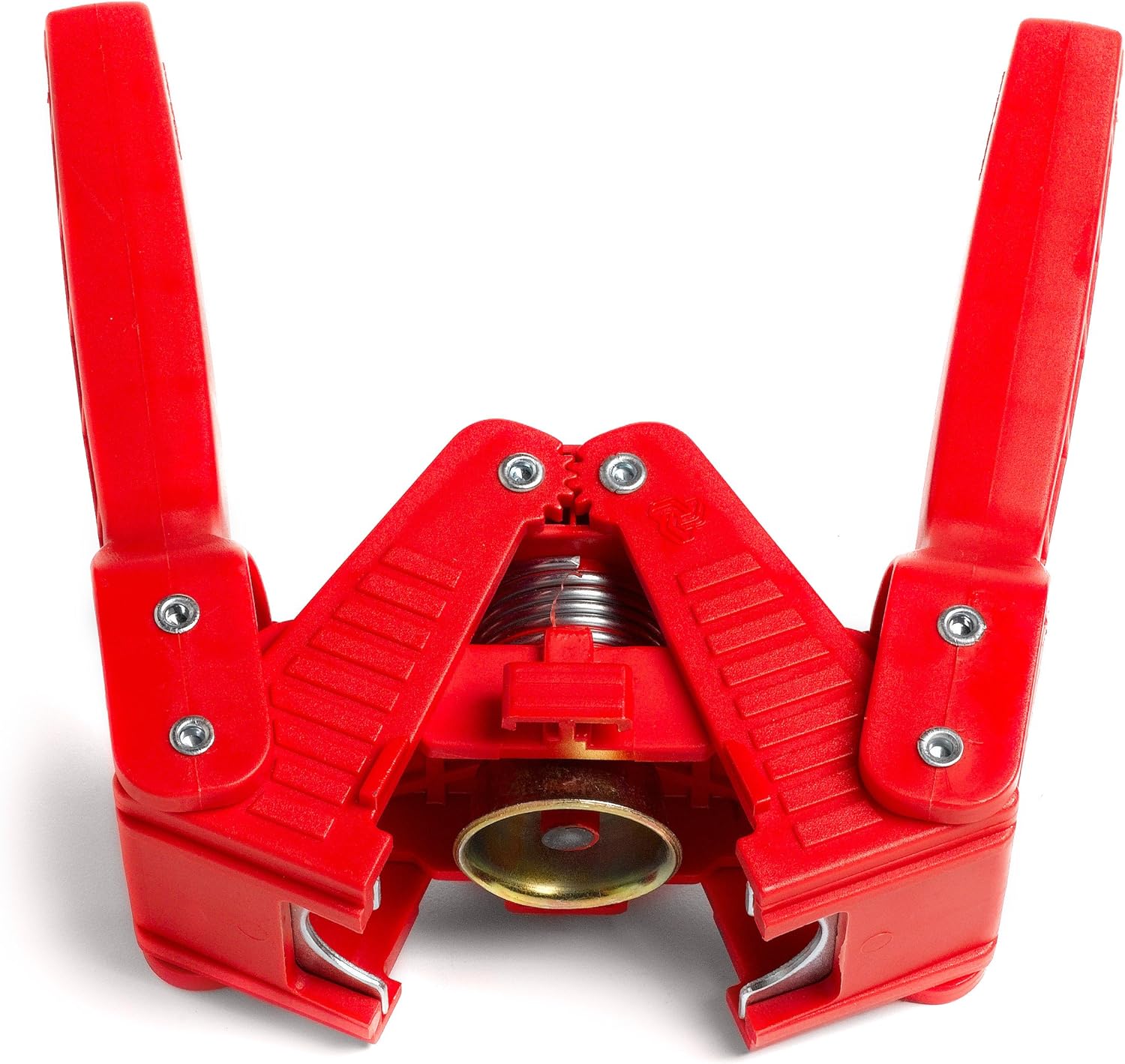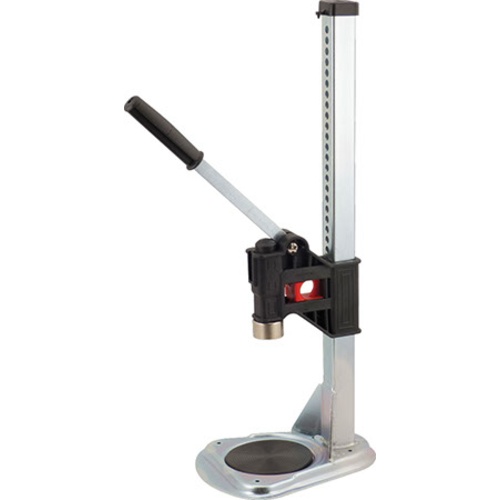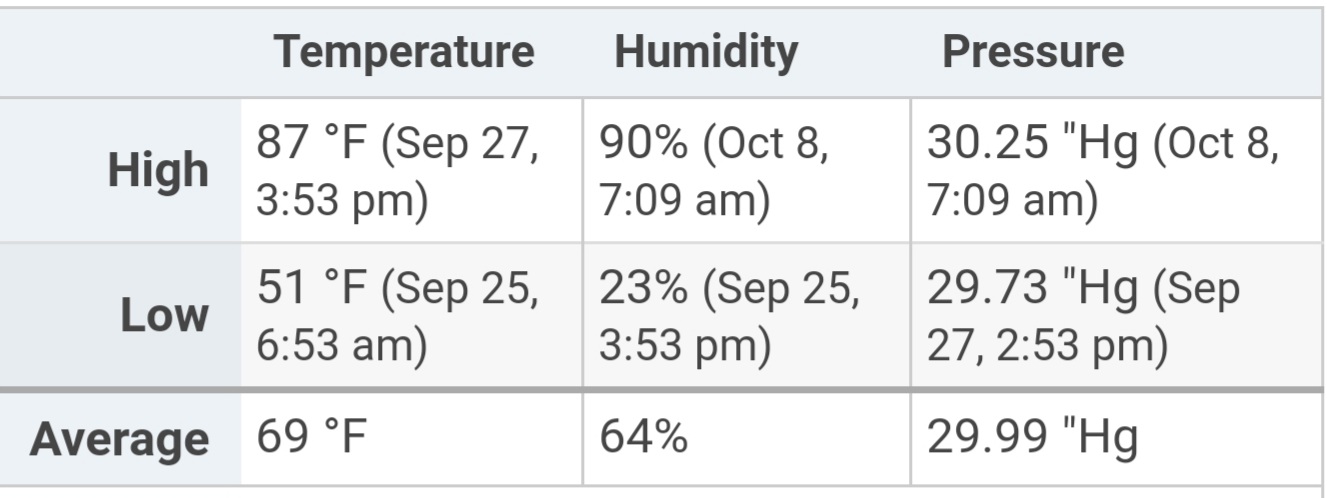Jaustink83
Member
- Joined
- Aug 19, 2021
- Messages
- 20
- Reaction score
- 6
This is my first home brew attempt, it is an extract recipe.
So I made this extraction recipe: Bcs clone extract
I made a few posts here during the process and got everything to work fine. Untill now.
I added 4 oz of corn sugar (used an online calc for imperial stout to get the 4oz) to some water, boiled, cooled, and added to my bottling bucket. Racked the beer to the bucket and bottled. It's been almost 4 weeks since I bottled.
I have opened 4 bottles do far, 1 each week. I get a tiny "pssst" and no head. It's sweet with a bitter ending but not astringent. I know this is a big beer so I plan to let most of the bottles sit for a few months but they are just too bitter and not carbonating as expected.
2 questions...
Did the high abv potentially cause all the yeast to die off so there was nothing left to carbonate in the bottles?
Is 2 oz of millennial hops expected to make a conciderably bitter beer? If I make it again how do I make it less bitter? Do I add less millennial hops or do I just add the full 2 oz later instead of @ 60 and 45?
I know now this was a stupid recipe to do my first homebrew but I just want to better understand why they didn't carbonate properly.
So I made this extraction recipe: Bcs clone extract
I made a few posts here during the process and got everything to work fine. Untill now.
I added 4 oz of corn sugar (used an online calc for imperial stout to get the 4oz) to some water, boiled, cooled, and added to my bottling bucket. Racked the beer to the bucket and bottled. It's been almost 4 weeks since I bottled.
I have opened 4 bottles do far, 1 each week. I get a tiny "pssst" and no head. It's sweet with a bitter ending but not astringent. I know this is a big beer so I plan to let most of the bottles sit for a few months but they are just too bitter and not carbonating as expected.
2 questions...
Did the high abv potentially cause all the yeast to die off so there was nothing left to carbonate in the bottles?
Is 2 oz of millennial hops expected to make a conciderably bitter beer? If I make it again how do I make it less bitter? Do I add less millennial hops or do I just add the full 2 oz later instead of @ 60 and 45?
I know now this was a stupid recipe to do my first homebrew but I just want to better understand why they didn't carbonate properly.






